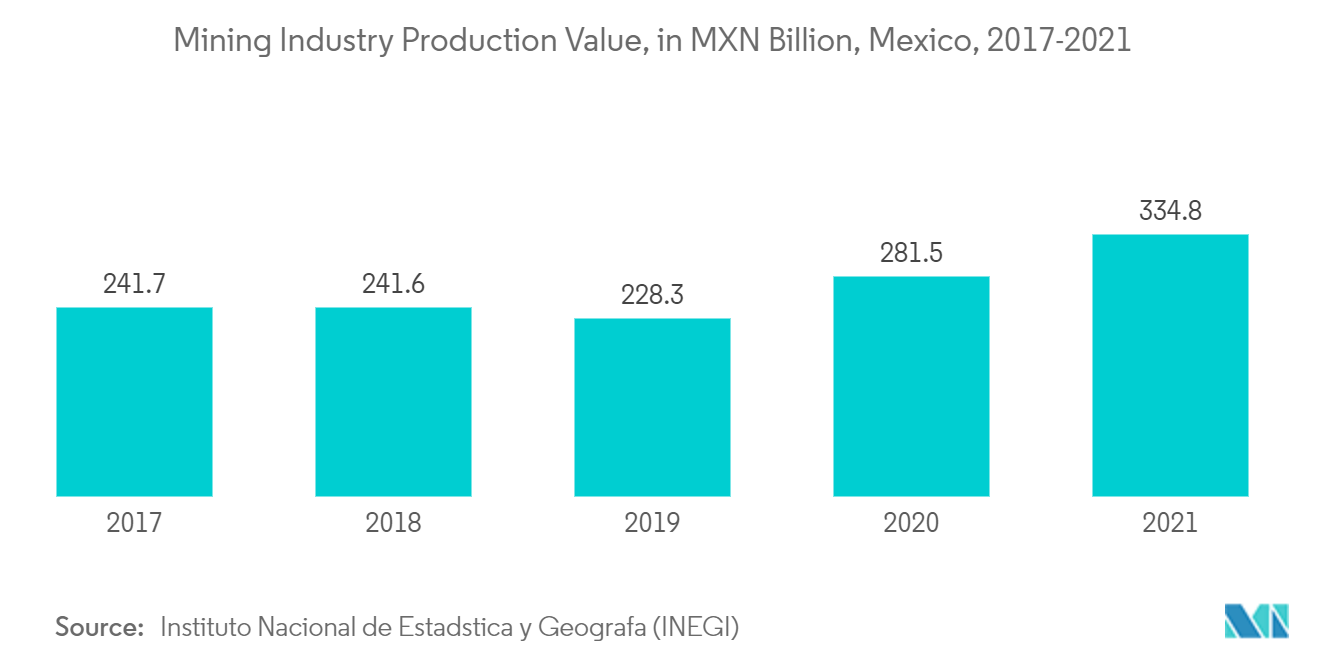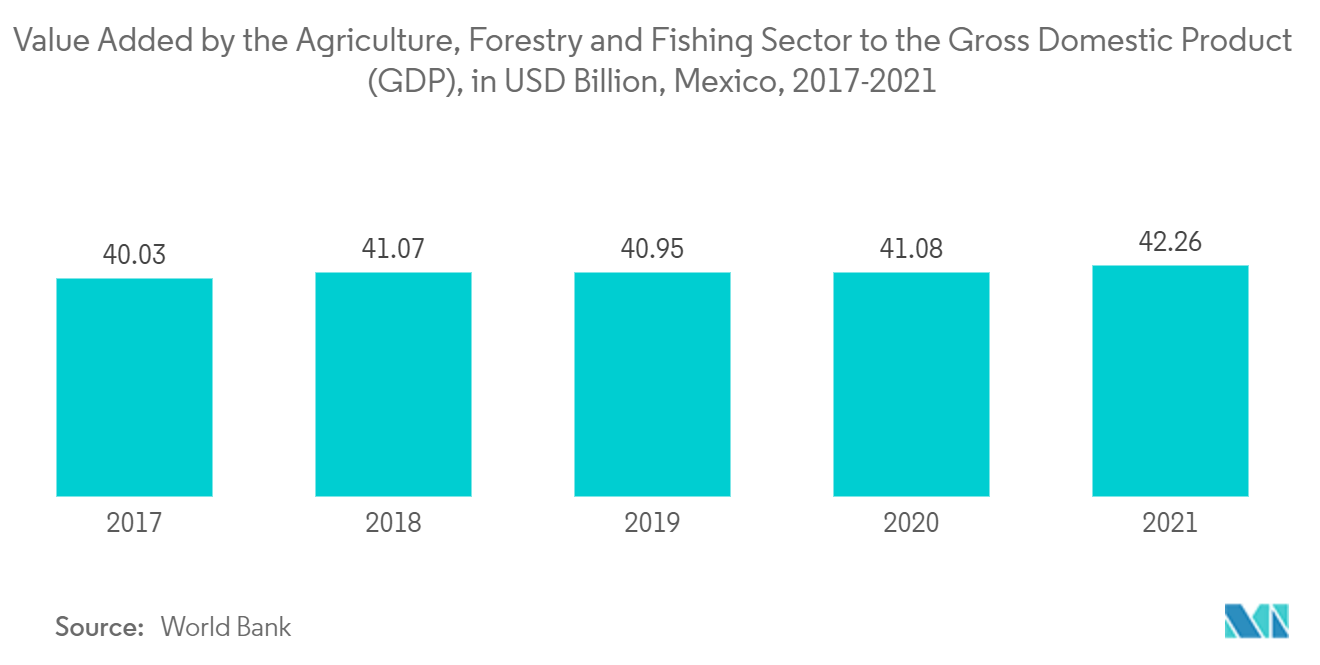Market Trends of Latin America Biochar Industry
This section covers the major market trends shaping the Latin America Biochar Market according to our research experts:
Blooming Demand in the Metallurgy Industry
- Biochar has been increasingly used in ferrous metallurgy in recent years because it possesses metallurgical properties similar to coke and coal, indicating tremendous promise for lowering the cost of iron and steel manufacturing while enhancing the quality and protecting the environment.
- As environmental consciousness rises, biochar can be utilized in almost all disciplines of metallurgy in place of fossil coal or coke.
- In 2015, Argentina committed to reducing greenhouse gas (GHG) emissions by 15% below business-as-usual (BAU) levels by 2030. The goal includes the sectors of Land Use, Land Use Change, and Forestry (LULUCF). As a result, the cost rise in conjunction with CO2 certificate trading indicates that metallurgical process operators are increasingly investigating the use of alternate input materials, such as biomass carbonates.
- Biomass carbonates with high fixed carbon content and minimal volatile components are ideal for use as biochar in blast furnaces during the sintering process. As a result, biochar has the potential to completely replace the fossil fuels utilized in this process.
- Electric Steel Production Coal is utilized in electric arc furnaces for basic carburization, foam slag production, and chemical energy generation throughout the oxidation process. Several studies have shown that biomass carbonates derived from palm kernels can be utilized in the slag foaming process to replace fossil metallurgical coke.
- The growing demand for steel and ferrous metallurgy raises the need for alternate solutions such as biochar in areas where fossil fuels are frequently employed. For example, the World Steel Association (world steel) estimates that crude steel production in Latin America will reach 65.04 million metric tons in 2021. In comparison to the previous year, this indicates an increase of more than 16%.
- As a result, such applications in the enhanced metallurgical sector, together with the benefit of substituting fossil fuels from metal attraction, which accounts for roughly 20% of the raw material used, would be the key driving force for the market growth over the forecast period.
- According to Instituto Nacional de Estadística y Geografía (INEGI), the mining industry production value in Mexico was MXN 334.8 billion (USD 16.86 billion), compared to MXN 281.5 billion (USD 14.18 billion) in previous year.
- All the aforementioned factors are expected to drive the metallurgy industry, which may also impact the demand for biochar in Latin America during the forecast period.

Mexico is Anticipated to Hold a Major Share of Latin America
- Mexico holds a prominent share of the Latin American biochar market in terms of revenue. The region is set to continue to flourish and continue to dominate over the forecast period.
- Mexico is becoming more interested in bio-based solutions for soil amendment and crop production enhancement. This is predicted to aid an increase in the biochar market penetration throughout the forecast period.
- Due to budgetary constraints, a considerable number of farmers use ancient technological methods for creating biochar, such as cooking stoves. The agricultural industry is likely to be the biochar market's driving force.
- Poultry, dairy, fish, and cattle are some of the country's key farming sectors. Rising biochar adoption in livestock farming is expected to drive market growth.
- According to Mexico's Ministry of Agriculture and Rural Development, it is estimated that Mexico utilizes more than 650 thousand tons of biochar per year, a commodity mostly used in food preparation. The cities with the highest consumption rates are Monterrey, Mexico City, and Guadalajara.
- In Mexico, a solid biofuel cluster is being established, and biochar will be a component of the standards effort. Quality characteristics, as well as a classification based on their outcomes, are being created. The goal is to standardize characteristics and increase access to national and international markets.
- Accoding to World Bank, value added by the agriculture, forestry, and fishing sector to the gross domestic product (GDP) in Mexico was USD 42.26 billion in 2021, compared to USD 41.08 billion in 2020.
- Thus, all the above mentioned factors are likely to boost the demand for the Latin American biochar market during the forecast period.


